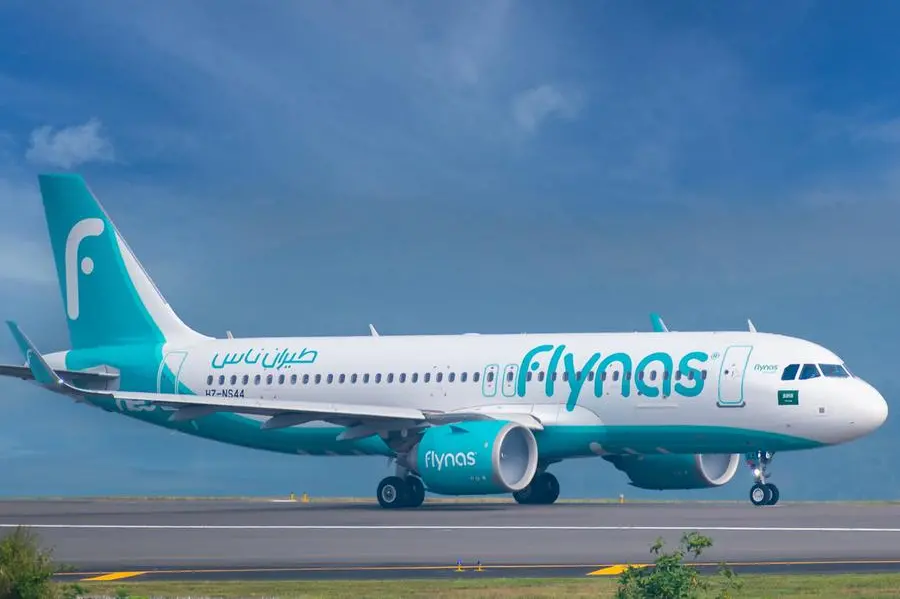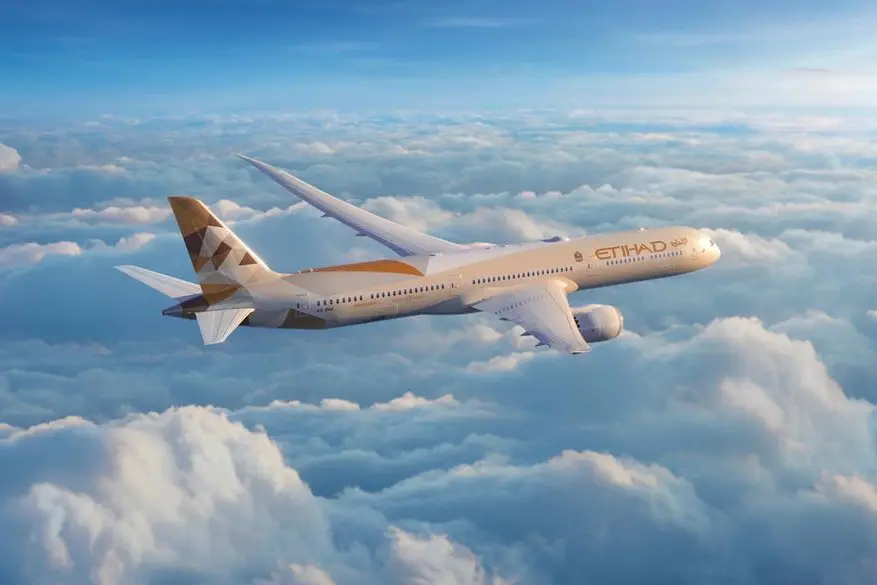PHOTO
This is a photo of the Mutrah corniche in Muscat, Oman. Getty Images Image used for illustrative purpose.
MUSCAT: The National Aviation Strategy 2040 of the Sultanate of Oman is helping to reshape the air mobility sector with a road map to modernise aviation, promote innovation, and advance sustainability while integrating emerging technologies.
Kuljit Ghata-Aura, president of Boeing Middle East, Türkiye, Africa, and Central Asia, said, “Air transport has long been a catalyst for economic growth and cultural exchange. Due to the efforts of Oman Air, SalamAir, the Ministry of Heritage and Tourism and the Civil Aviation Authority (CAA), the aviation sector in Oman is driving connectivity and opportunity.”
He added, “Oman is actively exploring advanced air mobility (AAM) with steps to establish a regulatory framework.
Last year, a significant partnership emerged between Oman’s public transport operator, Mwasalat, the Civil Aviation Authority, and an AAM startup developing uncrewed hybrid-electric vertical-takeoff-and-landing (eVTOL) cargo aircraft.
This collaboration is mapping out target routes and services, with plans to launch pilot programmes in unpopulated areas in 2025.
Additionally, AeroVecto, an Omani startup developing eVTOL aircraft for mass transit, proves that Oman is not just adopting AAM technologies but actively shaping their future.”
Unlocking Oman’s potential in advanced air mobility extends beyond mere infrastructure investments, including prioritising the development of a skilled workforce and is fostering innovation through strong public-private partnerships.
“Educational institutions play a pivotal role in nurturing a talent pipeline essential for this emerging industry. Omani universities are working to align their curricula with AAM-specific needs, offering specialised certifications and forging partnerships with international aviation academies to ensure students receive world-class training and exposure.
Kuljit Ghata-AuraPresident of Boeing Middle East, Türkiye, Africa and Central Asia.
Encouraging early interest in STEM (science, technology, engineering, and mathematics) subjects at schools is also crucial for cultivating future advanced air mobility engineers and operators,” Ghata-Aura said.
“Industry collaboration with academia can help establish training centers, fund scholarships, and create research and development (R&D) hubs that will invigorate this new sector”, he added.
Boeing has initiated collaboration with the Modern College of Business and Science (MCBS) in February 2025 to build up a talent pipeline for Oman’s AAM industry, enriching the undergraduate aviation management and airport management curriculum and engaging students in cutting-edge research.
Key focus areas will include uncrewed aircraft system traffic management, noise mitigation, and low-emissions technologies.
Through this initiative, Oman is positioning itself as one of the pioneers in next-generation air
“Boeing will leverage its global expertise in advanced air mobility to support this initiative. Our subsidiary, Wisk, is working to certify Gen6, an autonomous, all-electric, four-passenger eVTOL aircraft designed for self-flying air taxi services”, said Ghata-Aura.
Additionally, SkyGrid, a joint venture between Boeing and SparkCognition, is developing an AI-powered airspace management system that facilitates safe and efficient autonomous aviation, including eVTOL operations and drone traffic management.
“By investing in education and workforce development, Oman can ensure that its air transportation sector thrives as a key driver of the nation’s economic diversification and meets the requirements of the future. The journey ahead is promising for Oman in advanced air mobility,” Ghata-Aura said.
2022 © All right reserved for Oman Establishment for Press, Publication and Advertising (OEPPA) Provided by SyndiGate Media Inc. (Syndigate.info).





















